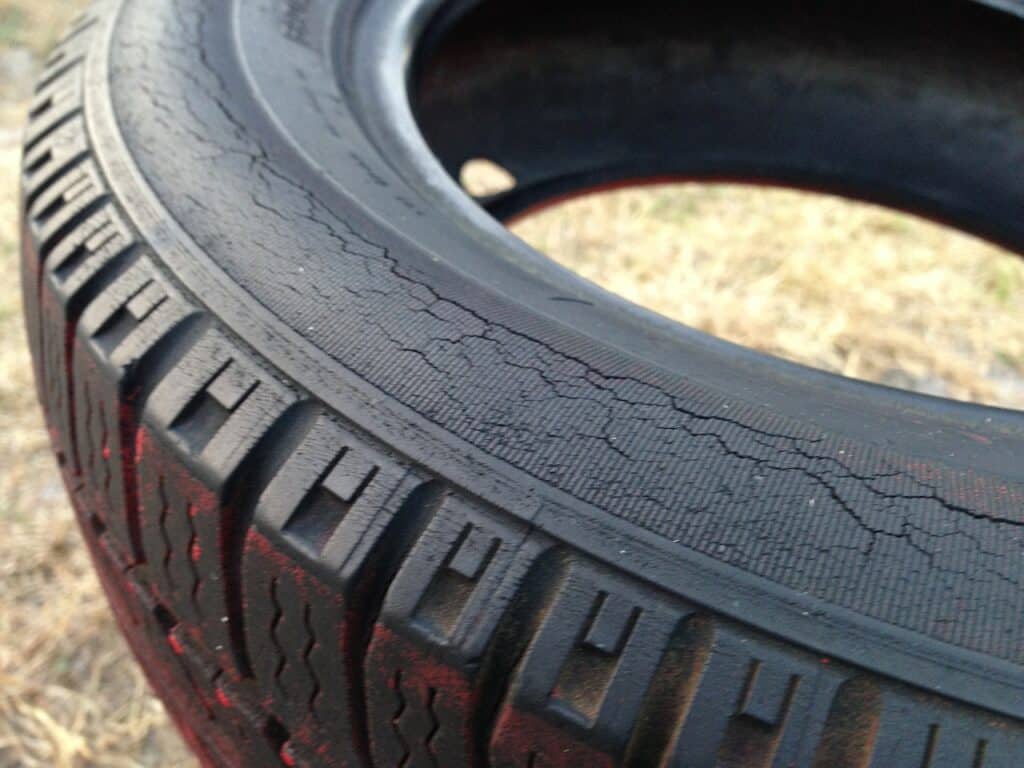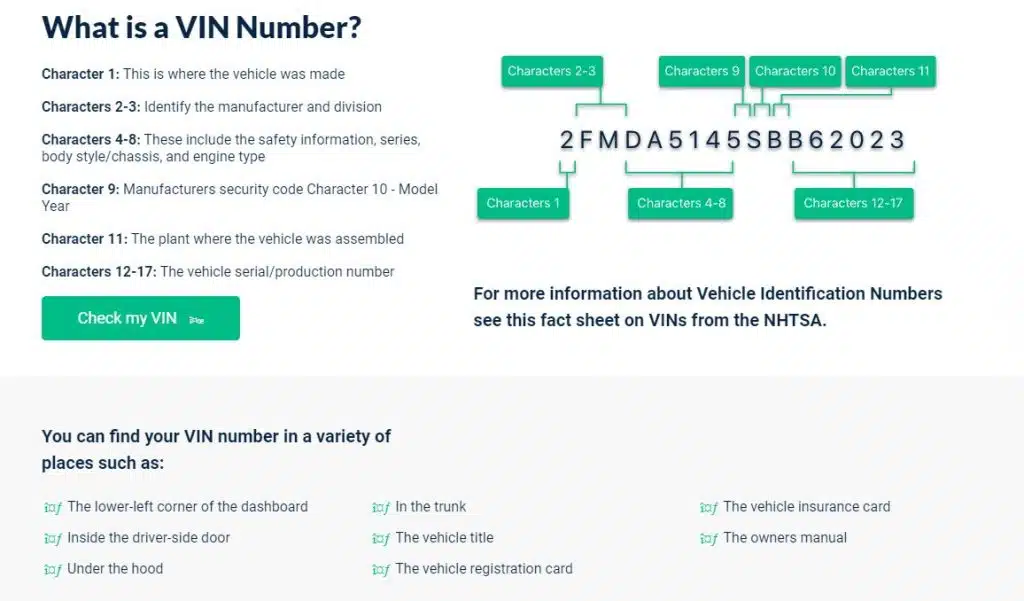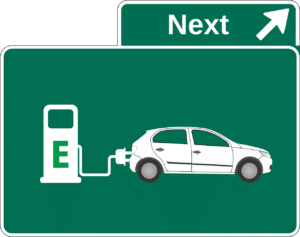Fifteen states have mandatory vehicle safety inspections every year. There are a few additional states that have biannual inspection requirements or requirements that are placed on vehicles of a certain age. Three states have inspection requirements if you bring a car into their state when you move.
Why do these states have these inspections? There are two reasons. First, it is to keep as many safe vehicles operating on the road as possible. Second, some states are required to have emissions testing under the Federal Clean Air Act.
Vehicle Safety Inspections
Most drivers do not realize that there are a few thousand parts on their vehicle that are directly connected to safety. Failure of any of these parts can lead to drivers unknowingly operating a dangerous vehicle. The state requires a full inspection each year to protect everyone using the roads.
In most vehicle safety inspections, the following items are inspected:
Condition of headlights
They will check if intact and working. They will make sure that both headlights are aligned correctly and that the lights are of the same color. It will also be checked if the headlight covers are clouded.
Condition of indicator lights
Taillights, brake lights, and turn signals will all be checked. They will be checked for cracked or broken covers, if they have the right color covers, if they are working, and if the bulb is producing enough light for other drivers to see.
Windshield and Wipers
The windshield will be checked for cracks, pits, or other blemishes that directly impact the driver’s view. The wipers will be checked to make sure that they work and that the blades are cleaning the windows without leaving streaks or other marks that could hinder the driver’s sight.

Mirrors
Interior and exterior mirrors will be checked to see if they are cracked, broken, or missing.
Tires
Tires will be checked to see if they have enough tread. Tread must be at least 1/32″ deep to pass inspection. Tires will also be checked for bald spots, dry rot, bubbles, damage to steel belts, showing steel belts, or other visible damage.

Brakes
Brakes are checked to see if the pedal goes down more than halfway to stop. If it does, it will fail. The brake system is also checked for leaks and to see if there is metal-to-metal contact with the drums and pads. Any of these issues could cause your car to fail inspection.
Horn
The horn must work and be loud enough for other drivers to hear.
Seat Belts
Seat belts will be checked to see if they snap back when unbuckled, if the buckle engages, and see if the strap itself is in good condition and not showing signs of wear or fraying.
Steering
The steering will be checked to make sure that the joints are not too loose.
Suspension
The suspension will be checked to make sure that shocks are not leaking.
It is important to remember that these checks are just the most basic safety checks. Just because it passes safety inspections does not necessarily mean that your car is okay or completely safe.
For instance, it only requires a 1/32″ tread to pass inspection on your tires. However, to operate a vehicle safely in the rain, you need at least 3/32″ of tread and in snow 5/32″.
It is important to use the information that you receive as part of your yearly inspection to determine if you should have further repairs completed on your vehicle to keep it safe.
The Clean Air Act
The Clean Air Act requires states to enforce emission standards in cities and other areas of their state that do not meet the air purity standards of the Clean Air Act. This is why some states or some cities only check emissions during vehicle safety inspections. Some areas check emissions in addition to the rest of the safety inspection.
Most newer cars will not have any problems with emissions testing. New technologies and equipment used on these vehicles keep emissions very low. However, older vehicles may find that they have to get a new exhaust system if they cannot pass emissions testing.

Car Inspections Are Often Beneficial
Vehicle safety inspections may seem like a real hassle to have completed, but many people benefit from the yearly inspection. Most people are not mechanics or have the necessary skills or knowledge that mechanics possess to know when a car is not operating properly.
As you drive your vehicle, you adjust to how it operates without thinking that you are pushing further down on the brakes or that your shock absorbers may be leaking. Having these items pointed out to you is a great way to ensure that your car is operating safely for you at all times.
When Purchasing A Vehicle
Always remember to have a VINsmart report run on the vehicle before making any vehicle purchase. A VINsmart report runs a complete history on the vehicle including whether it has ever been reported as stolen, has been involved in a major accident, or has been listed as a totaled vehicle.
VINsmart reports will also give you a history of registration and mileage at registration. It reports any significant incidents related to the vehicle, such as being involved in a fire or flood.
When you are going to purchase a used vehicle, the best way to ensure you are making a good purchase is to know the vehicle’s complete history.






